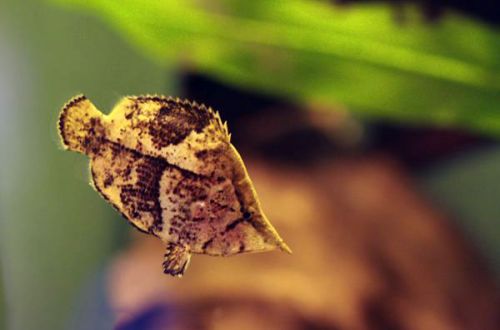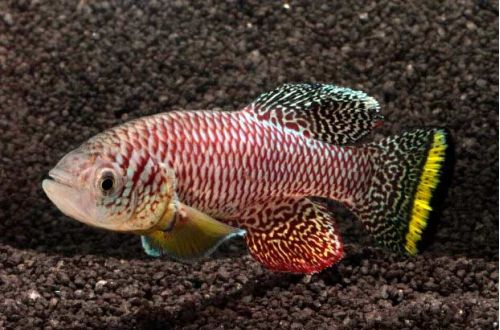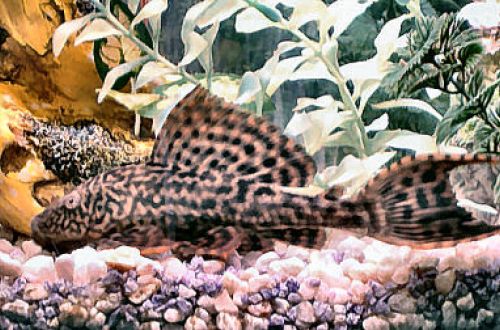
Amiya
Mudfish, Amia or Bowfin, scientific name Amia Calva, belongs to the family Amiidae. Rarely found in hobby aquariums due to their size and the need for large (sometimes expensive) aquariums. This species belongs to the relic fish preserved from ancient times. The only representative of its family, the rest of the related species are presented in the form of fossils.
Efnisyfirlit
Habitat
It comes from North America from the territory of the southeastern part of Canada and the northeastern United States. Inhabits swamps, lakes, river floodplains, slow-flowing water bodies. Prefers regions with dense aquatic vegetation.
Stutt upplýsingar:
- Rúmmál fiskabúrsins - frá 1000 lítrum.
- Vatns- og lofthiti – 15-24°C
- Gildi pH - 6.0-7.5
- Hörku vatns – mjúk til miðlungs hörð (3-15 dGH)
- Gerð undirlags – sandur
- Lýsing - dempuð
- Brakvatn – nei
- Vatnshreyfing – lítil sem engin
- Stærð fisksins er allt að 90 cm.
- Næring - kjötfóður
- Skapgerð - með skilyrðum friðsælt
- Keeping alone or in company with fish of similar size
- Lífslíkur um 30 ár
Lýsing
Adults reach a length of 60–90 cm. The fish has an elongated body with a large head and a large mouth, dotted with many sharp teeth. The dorsal fin extends from the middle of the body to a rounded tail. The color is gray-brown with a dark pattern. Males are smaller than females and have a black spot at the top of the caudal peduncle when young.
Matur
Predator, in nature, it feeds on almost everything that it can catch – other fish, crustaceans, amphibians, etc. In a home aquarium, you can take not only live food, but also fresh or frozen foods, for example, pieces of earthworms, mussels, shrimp, fish.
You can not feed the meat of mammals and fish, it contains lipids that Amiya is not able to digest.
Viðhald og umhirða, fyrirkomulag fiskabúrsins
Despite the size of adults, there is no need for a very large aquarium, since Il fish are not very mobile. The optimal tank sizes start from 1000 liters. The design is not essential, however, conditions close to natural are preferred. Usually soft sandy soil, a few large snags, stones and a lot of floating and rooting plants are used.
Maintenance does not cause great difficulties if the aquarium is equipped with equipment appropriate to the size of the aquarium, primarily a productive filter and a drain / fresh water system. It is worth noting that such aquariums are quite expensive to install and their maintenance is carried out by individual specialists, and not by the owners themselves. Although for some enthusiasts (very wealthy) this is not a burden.
Hegðun og eindrægni
Not aggressive calm fish, although it is among the predators. Compatible with other types of comparable size. Any smaller fish and other aquarium inhabitants (shrimps, snails) will be considered as potential prey and should be excluded.
Ræktun / ræktun
Not bred in aquariums. In nature, spawning occurs annually. With the onset of the mating season, Amiya gather in shallow water in large numbers for breeding. Males build nests in the form of a shallow cave and zealously protect them from competitors. Taking into account the fact that there are three times more males than females, skirmishes for territory are very frequent. Females choose nests they like and lay eggs in them, so eggs from different females and at different stages of development can be in one nest. Females do not play any role in caring for the offspring, this responsibility is assumed by the males, who are near the clutch for the entire incubation period and will continue to protect the fry until they reach about 10 cm.





